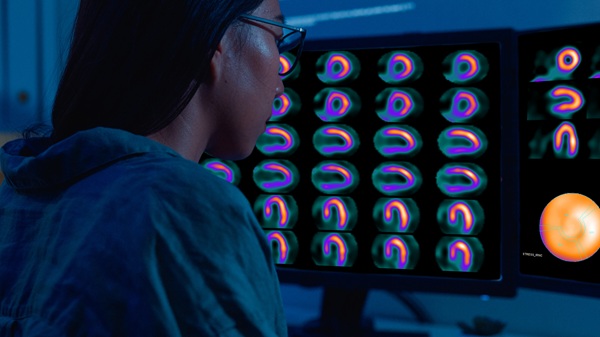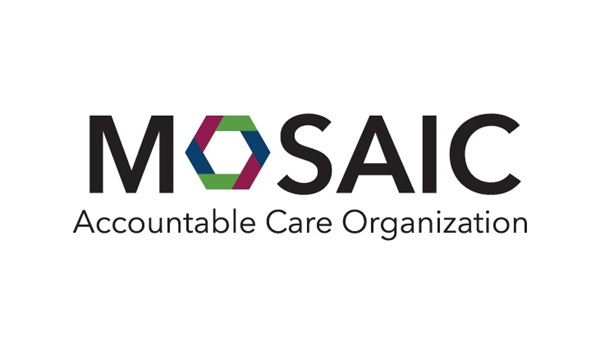Portable Electric Device Found to Slow Growth of Deadliest Brain Tumors
FOR IMMEDIATE RELEASE
DETROIT – A non-invasive, portable electrical device tested at the Hermelin Brain Tumor Center at Henry Ford Hospital - the only such testing site in Michigan - along with other major medical centers around the country, has been found to lengthen the lives of some patients suffering from glioblastoma, the most common and deadliest form of brain cancer.
The device proved to be so successful in early testing that on Nov. 15 an independent monitoring committee recommended cutting short the latest phase of its clinical trials and allowing all test patients to be treated with it.
“This is not a cure,” says Tobias Walbert, M.D., Ph.D., a neuro-oncologist and researcher in the Department of Neurosurgery at Henry Ford Hospital, the only Michigan hospital to participate in this international clinical trial. “But these early results have been so impressive that we might be looking at a game-changer in the treatment of glioblastoma.”
Formally known as glioblastoma (GBM), the malignant tumor poses a particular problem for the cancer surgeon and oncologist. While some tumors have clearly defined edges, or margins, that differentiate them from normal brain tissue, GBM margins are diffuse, blending into healthy tissue and therefore cannot be cured by surgery alone.
Therefore the standard treatment includes radiation therapy and chemotherapy. Even then, the average life expectancy is only about 12 to 18 months.
The promising electrical device, designed to be worn at least 20 hours a day to be effective, weighs about 6 pounds, is powered by rechargeable batteries and is carried by the patient in a small backpack. It received U.S. Food and Drug Administration approval in 2011 only to treat patients with recurring GBM, not first-time cases.
The manufacturer, Novocure, is currently seeking FDA approval to use the device on all GBM patients.
Marketed under the brand name Optune, the equipment creates low-intensity alternating electric fields – referred to as Tumor Treating Fields (TTFs) – and delivers them through wires attached to the patient’s shaved scalp by four adhesive transducer pads that target the brain tumor. Individual placement of the transducers is determined by MRI scan.
The clinical trials showed that the TTFs reversed the tumor’s growth and killed cancer cells by disrupting mitosis, the process by which cells divide and replicate.
Research results were presented last weekend at the annual meeting of the Society for Neuro-Oncology in Miami.
Data collected from the first 315 of some 700 patients included in the international clinical trials showed:
- Patients treated with both TTFs and temozolomide chemotherapy showed a “significant increase” in progression-free survival compared to those treated with chemotherapy alone – a median of 7.1 months compared to 4 months.
- Those treated with both TTFs and temozolomide also showed a “significant increase” in overall survival compared to temozolomide alone – a median 19.6 months compared the 16.6 months.
- 43 percent of patients treated with both TTFs and temozolomide chemotherapy were still alive after 2 years compared to 29 percent treated with the chemotherapy alone.
The only side effect reported by the researchers was irritation of the scalp where the transducers were attached.
“These results are spectacular, a lot better and much more convincing than we ever would have dreamt of,” said the study’s leader Dr. Roger Stupp, chairman of the oncology department at Switzerland’s University of Zurich. Stupp presented the findings at the Miami conference.
For patient and physician referral, please contact the Hermelin Brain Tumor Center at (313) 916-2723.
.svg?iar=0&hash=F6049510E33E4E6D8196C26CCC0A64A4)

/hfh-logo-main--white.svg?iar=0&hash=ED491CBFADFB7670FAE94559C98D7798)







